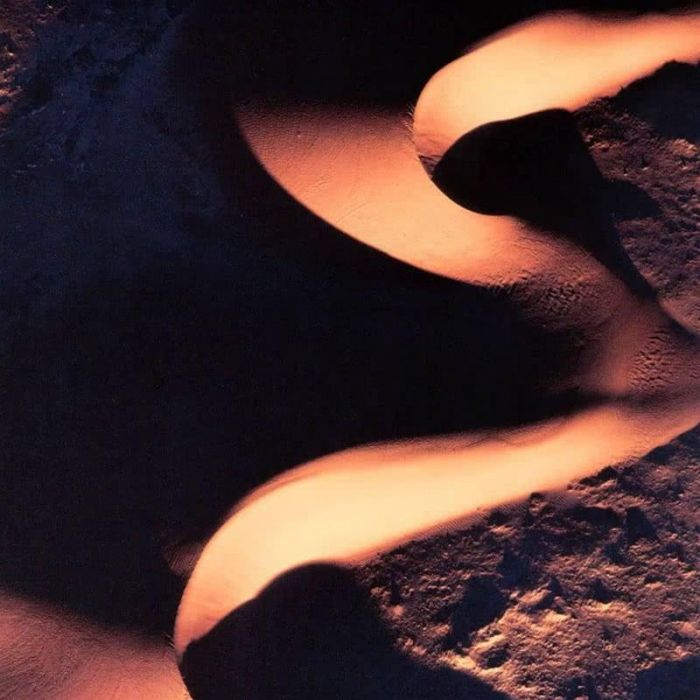Selenography by Rachel’s (Review)

In the past five years Rachel’s have made some of the most interesting and beautiful jazz-classical albums that I own. Their previous three have been inspired by art (Egon Schiele, Schoenberg and the poetry of Pablo Neruda), whereas Selenography doesn’t claim any explicit inspiration. Instead, it’s a collection of songs that have been written over the last two years, on tour and in the studio. Unlike their theatrical albums Music for Egon Schiele and The Sea and the Bells then, the songs on Selenography tend to be individualistic. Whilst requiring more work on behalf of the listener, ultimately this is an experience every bit as rewarding as with those albums.
The range of musicians is as diverse as always (ten at the last count) but it’s the range of styles and instruments which is the departure; employing drum machines on “The Mysterious Disappearance of Louis LePrince” or custom built “double-manual” harpsichord (whatever that might be) on “Honeysuckle Suite,” for example. There is plenty of intricate, beautifully arranged music here, but the songs which really impress me are, in fact, those that don’t fit into Rachel’s traditional chamber orchestra jazz arrangements. “Artemisia” and “Hearts and Drums” (both written by Jason Noble) combine read texts with drum machines and keyboards and “An Evening of Long Goodbyes” is dominated by percussion.
On the other hand, many of the other songs are as good as anything they’ve done before (for example, “Kentucky Nocturne” builds up from lone acoustic guitar into a mesh of viola, piano and drums), but it all seems more understated than before, right down to the packaging.
If you’re new to Rachel’s, you can’t start at a better place than Music for Egon Schiele, but if you would like a different perspective on their talents, Selenography enables the love affair flourish.
Written by David Thorpe. This review originally appeared in Motion.